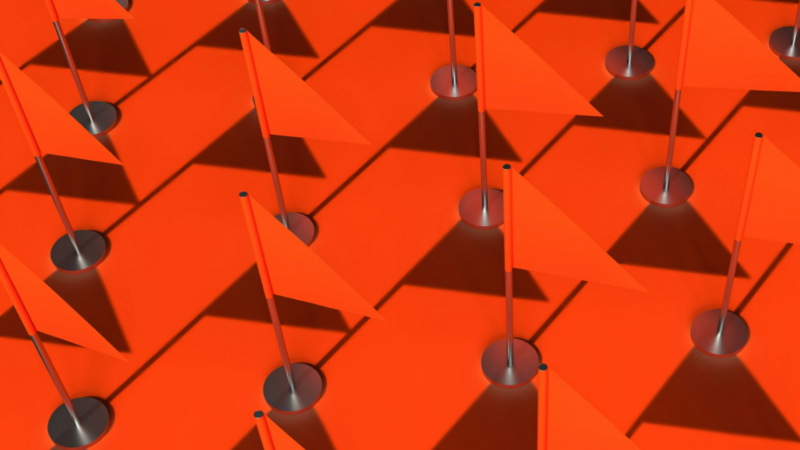Making sense of our connected world
“Utilising Creative Potential by Crowdsourcing”
On May 24, 2012 the book „Information Management 2.0“ by Lutz Becker, Walter Gora and Matthias Uhrig (Eds.) will be presented and published to which Thomas Schildhauer contributed the article „Utilising Creative Potential by Crowdsourcing & Co.“
Find further information on the German publication here.
This post represents the view of the author and does not necessarily represent the view of the institute itself. For more information about the topics of these articles and associated research projects, please contact info@hiig.de.

You will receive our latest blog articles once a month in a newsletter.
Research issues in focus
Polished yet impersonal: The unintended consequences of writing your emails with AI
AI-written emails can save workers time and improve clarity – but are we losing connection, nuance, and communication skills in the process?
AI at the microphone: The voice of the future?
From synthesising voices and generating entire episodes, AI is transforming digital audio. Explore the opportunities and challenges of AI at the microphone.
Do Community Notes have a party preference?
This article explores whether Community Notes effectively combat disinformation or mirror political biases, analysing distribution and rating patterns.



